Leading market players are investing heavily in research and development in order to expand their product lines, which will help the polyether polyols market, grow even more. Market participants are also undertaking a variety of strategic activities to expand their footprint, with important market developments including new product launches, contractual agreements, mergers and acquisitions, higher investments, and collaboration with other organizations. To expand and survive in a more competitive and rising market climate, polyether polyols industry must offer cost-effective items.
Manufacturing locally to minimize operational costs is one of the key business tactics used by manufacturers in the polyether polyols industry to benefit clients and increase the market sector. In recent years, the polyether polyols industry has offered some of the most significant advantages to market. Major players in the polyether polyols market attempting to increase market demand by investing in research and development operations include Krishna Antioxidants Pvt. Ltd. (India), Arkema (France), AGC Chemicals Americas (US), Shell Chemicals (The Netherlands), Expanded Polymer Systems Pvt.
Ltd. (India), Repsol (Spain), Cargill, Incorporated (US), Huntsman Corporation (US), DowDuPont (US), Covestro AG (Germany), Solvay (Belgium), and BASF SE (Germany).
Previously known as Royal Dutch Shell Plc, Shell Plc is a fully integrated oil & gas business. The corporation searches for and produces oil and gas from traditional fields and sources such as tight rock, shale, and coal formations. Around the world, it runs petrochemical and refining plants. In addition to lubricants, bitumen, and liquefied petroleum gas, Shell also sells petrochemical products such as raw materials for plastics, paints, and detergents. The business is a significant biofuel generator in Brazil.
A corporation that manufactures chemicals is called Solvay SA. Specialty polymers, necessary chemicals, and chemical materials are among the products that it produces and distributes. Customers from the aerospace and automotive, natural resources and environment, electrical and electronics, agrochemical, culinary, consumer products, building & construction, healthcare, industrial applications, and other industries are served by it. The company employs specialized chemicals created from environmentally safe resources to improve product quality and performance.
LANXESS unveiled a range of MDI polyether prepolymers containing renewable raw materials last month. These are marketed under the brand name Adiprene Green and can be used instead of traditional fossil-based polyether prepolymers, enabling processors to produce components with concomitantly lower CO2 footprints. Photo: LANXESS AG.LANXESS is a specialty chemicals company that has launched a new range of MDI polyether prepolymer products made from renewable/bio-based feedstocks. These products are known as Adiprene Green, replacing existing fossil-based polyethers to make very tough PU (Polyurethane) elastomers.
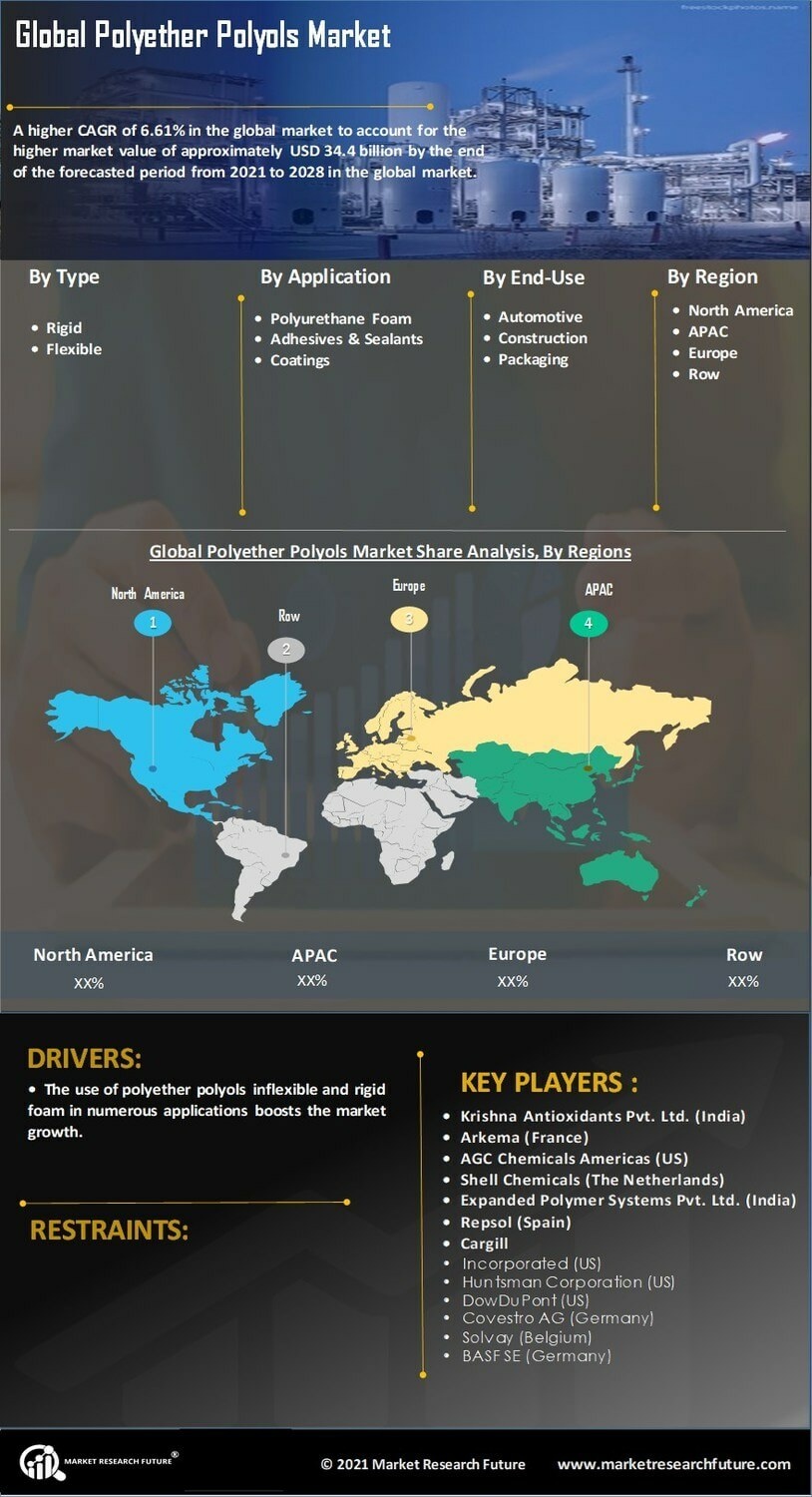

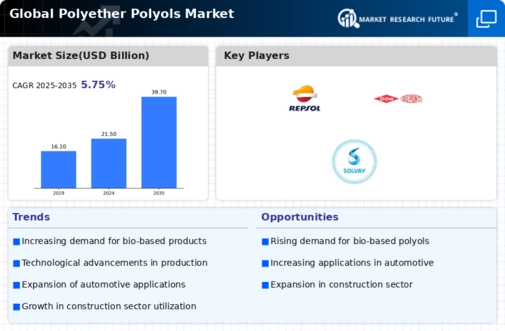
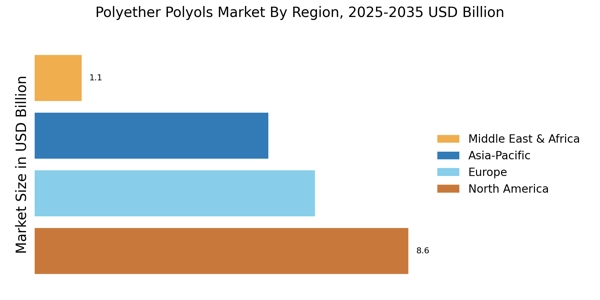

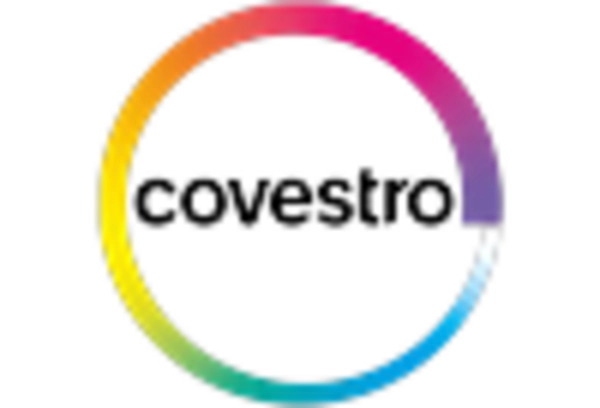


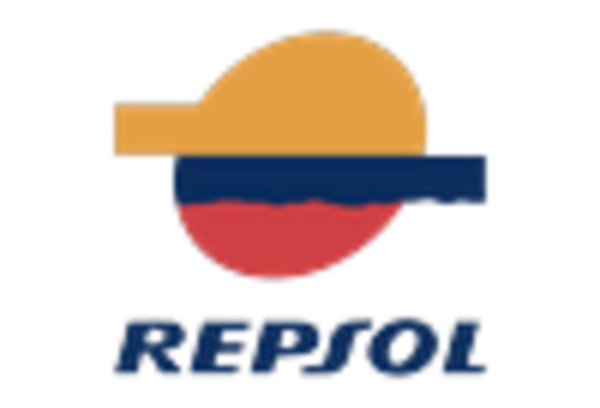
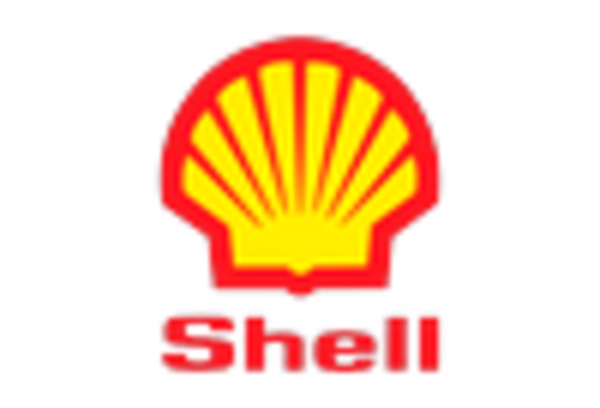








Leave a Comment